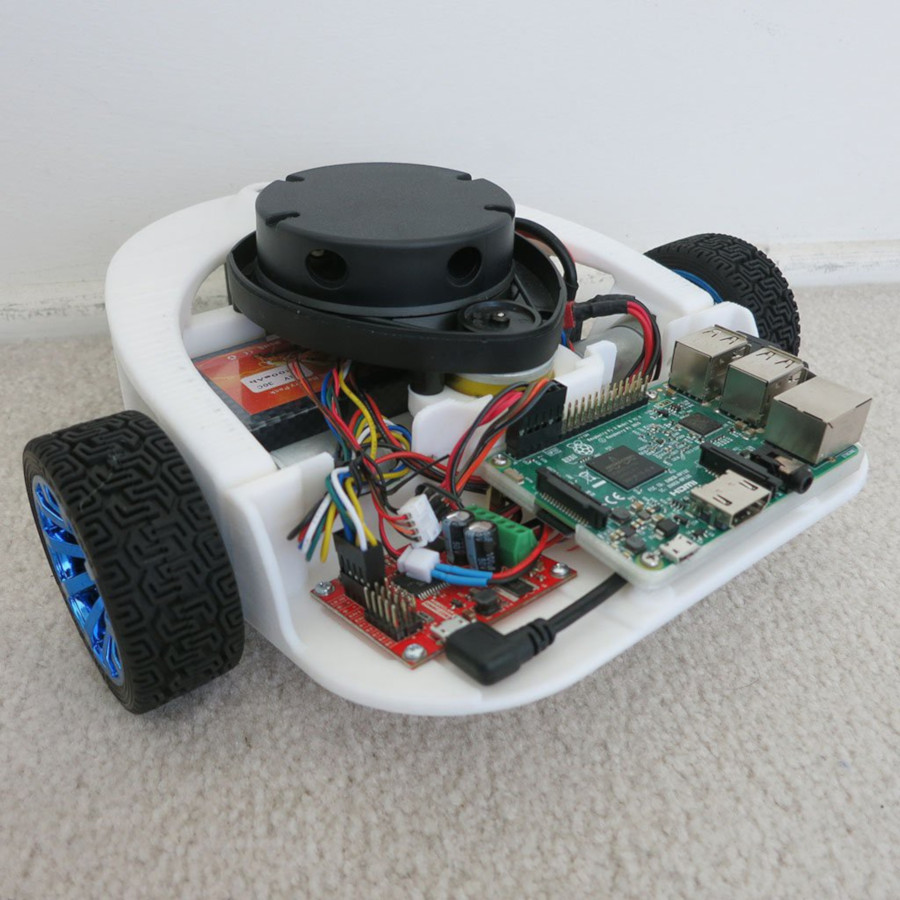
Figure 1: The completed Phoebe Turtlebot. The RoboClaw 2x7A motor controller is the red board with a USB cable attached to it.
On the always excellent Hackday a user has created a low-cost version of the Turtlebot, which is one of the standard platforms for the Robot Operating System (ROS). This low-cost version of the Turtlebot has been dubbed “Phoebe”. Phoebe’s chassis is made from 3d printed plastic and the design files to print your own are available on the project’s web page along with all of the other files needed complete the project.
A pair of DC gearmotors are used for the drive train, and the motors are controlled by a RoboClaw 2x7A motor controller. A Raspberry Pi is used as the brains of the project and is used to run ROS as well as interface with the RobClaw.
Phoebe uses a LIDAR unit to sense its environment and perform simultaneous localization and mapping (SLAM) on the Raspberry Pi. The SLAM algorithms are a part of the ROS software suite. The LIDAR used on Phoebe is a local cost unit used on the neato series of vacuums, which are available on the used market for $50-60. The total cost to build your own Phoebe project is around $250, which is significantly less expensive than the Turtlebot which it emulates.
We thank the developer of Phoebe for using our RoboClaw motor controller in their cool cost cutting project. We hope to see future improvements to the platform and hope others try the project out to get a taste of the features and functionality that ROS offers. For those experimenting with ROS on other platform we’d like to note that a RoboClaw driver for ROS is available, which can be downloaded here.
